On August 4, 2025, the Ministry of Agriculture and Environment issued Decision No. 3015/QD-BNNMT, officially announcing the “Food safety control process for fresh durian for export”. This is the first time a control process has been standardized and unified at the national level for an agricultural product with an annual turnover of billions of USD.
Standardize production chain, traceability from source to package
According to the process, food safety control is applied comprehensively from the stages of cultivation, harvesting, transportation, preservation, packaging to export. The goal is to build a strict and transparent monitoring system, while meeting the increasingly stringent requirements of the import market.
Cultivation facilities are required to fully meet food safety conditions according to the Food Safety Law; have the ability to trace the origin and recall unsafe products. These facilities must be certified as qualified or meet one of the international standards such as GMP, HACCP, ISO 22000, IFS, BRC, FSSC 22000, GAP, or equivalent. In case of no certification, there must be a commitment and acceptance of periodic inspection.
Tighten processes and standardize durian production chain.
Durian growing areas must have a growing area code, be licensed and supervised by a specialized agency under the Ministry of Agriculture and Environment.
Packaging facilities must fully meet food safety conditions, have a traceability system, be inspected and granted facility codes according to regulations.
Commercial traders must register their legal food business lines and have a system for tracing and recalling unsafe products.
For markets requiring state inspection, the owner must submit documents to the competent authority of Vietnam to conduct inspection and issue a food safety certificate. If there are no special requirements from the importing country, the enterprise will comply with the standards of the partner or the host country.
Market expansion opportunities – Challenges to overcome
According to data from the Vietnam Fruit and Vegetable Association, after a period of stagnation at the beginning of the year, durian exports are accelerating strongly. Since April 2025, durian export turnover has exceeded the 100 million USD mark per month. In May, it reached 204 million USD and in June, it continued to increase to more than 300 million USD - nearly equal to the total export value of the first 5 months of the year combined.
It is expected that durian exports will reach 350-400 million USD in July, bringing the total turnover in the first 7 months of the year to more than 1 billion USD. With the current growth momentum, it is likely that Vietnamese durian will surpass the 2 billion USD export turnover mark in 2025 - an unprecedented milestone.
However, along with the opportunity comes great pressure on the entire production chain. If just one link – the growing area, the packaging or the trader – fails to meet the requirements, the entire shipment can be refused clearance. This forces businesses, cooperatives and traders to invest heavily in internal control systems, traceability and human resource training.
While large enterprises have begun to standardize their processes, many small-scale producers and traders who are used to verbal transactions and lack records will face many obstacles. However, according to experts, this is an inevitable step if the Vietnamese durian industry wants to develop sustainably and access demanding markets such as Japan, Korea or the EU.
Source: https://baolamdong.vn/chinh-thuc-cong-bo-quy-trinh-kiem-soat-an-toan-thuc-pham-doi-voi-sau-rieng-tuoi-xuat-khau-386353.html


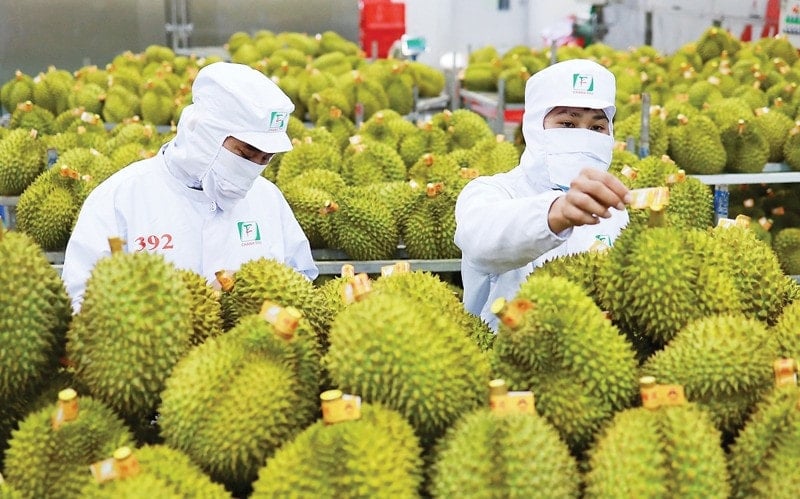



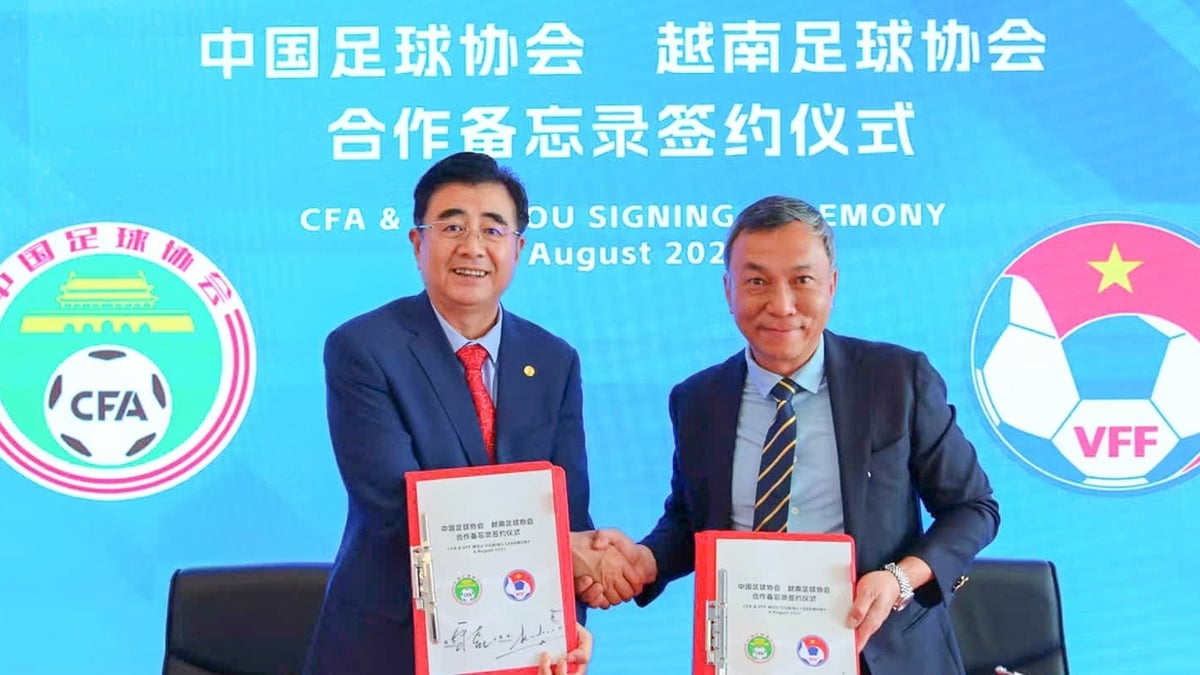



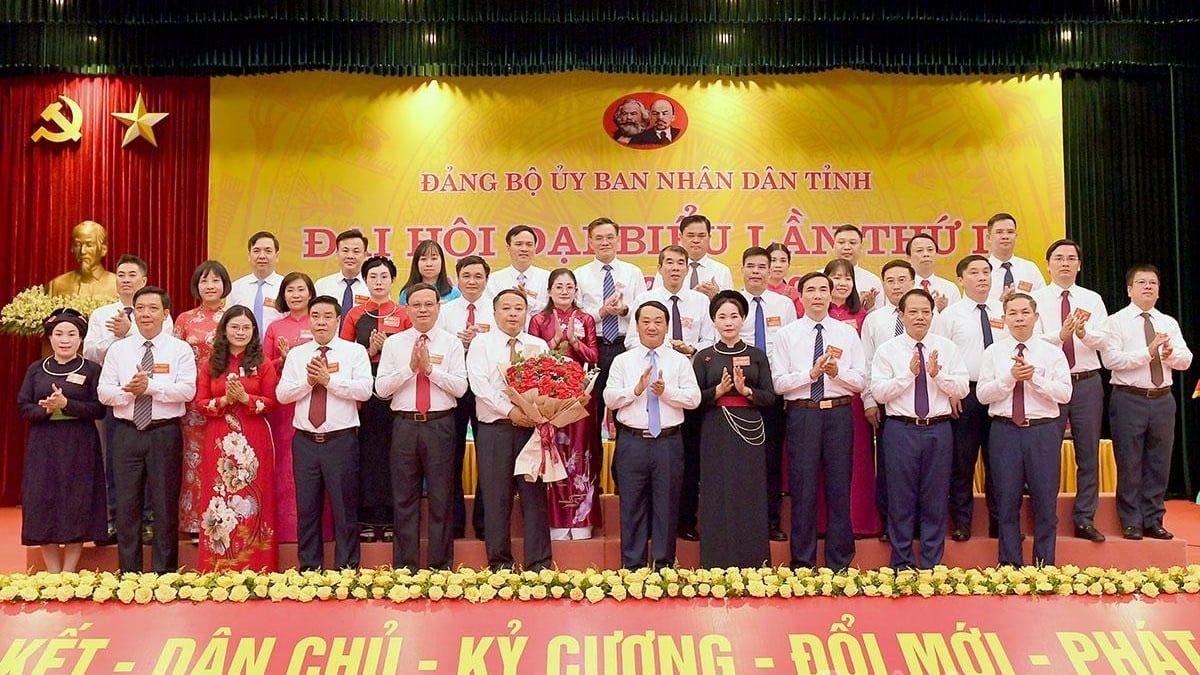
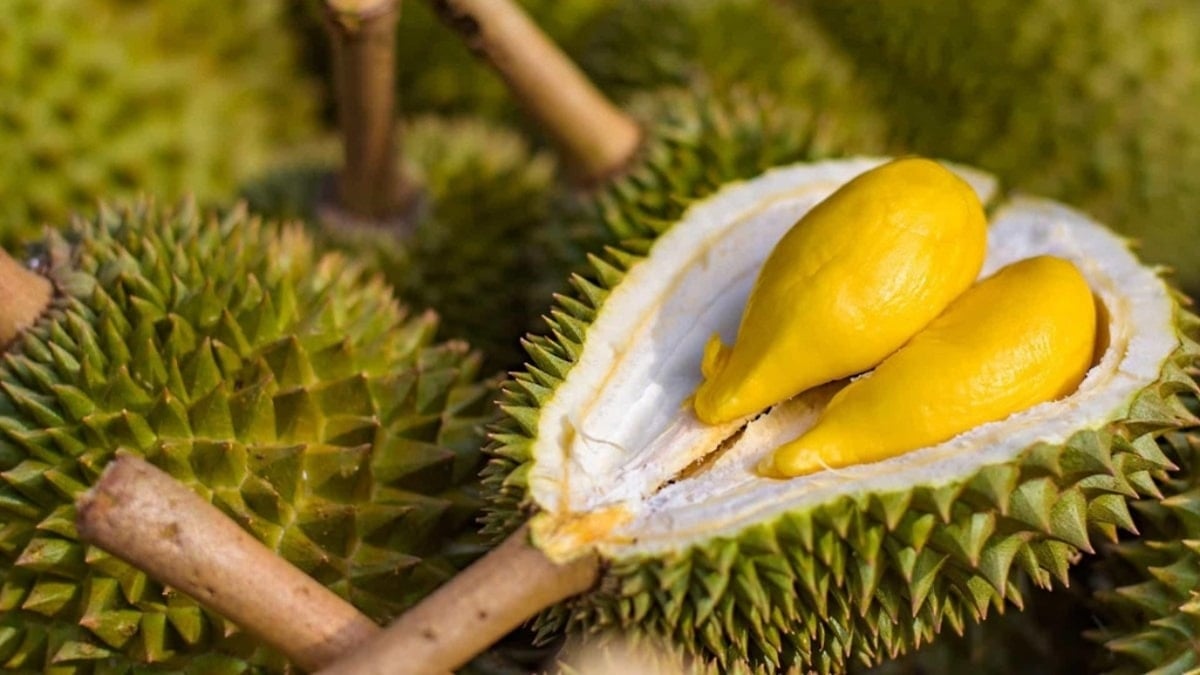
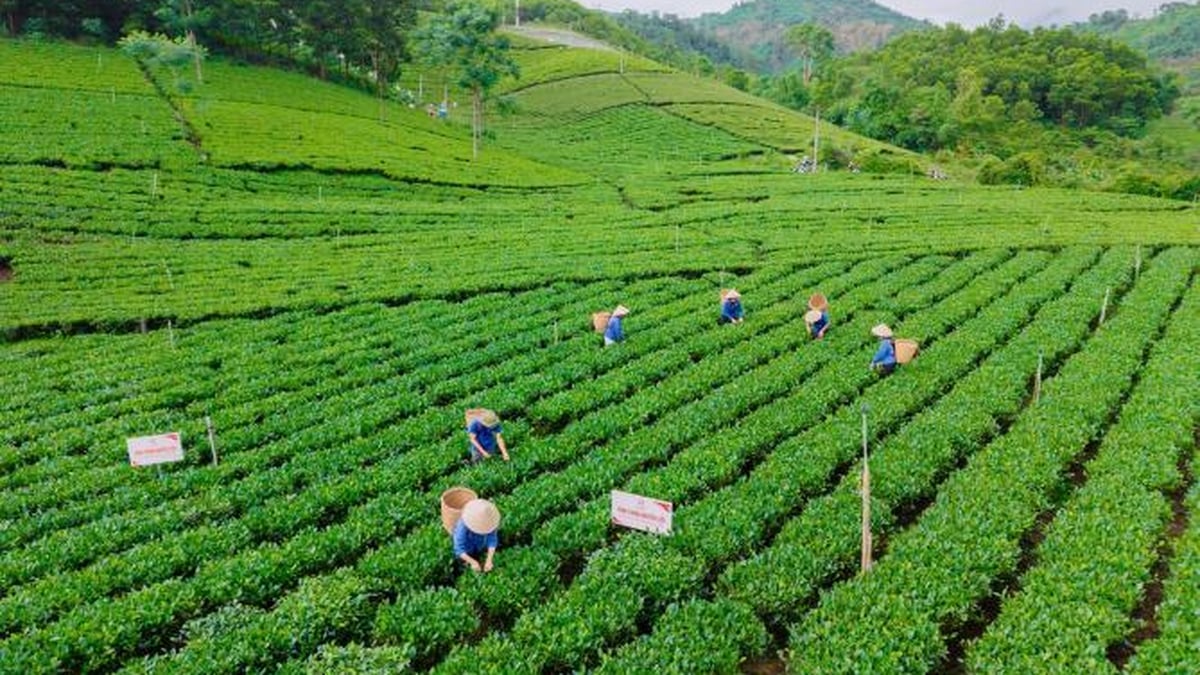
















































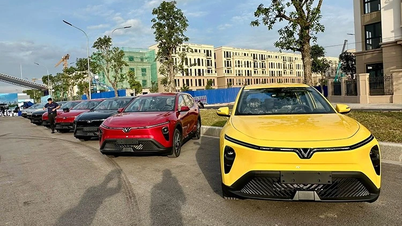

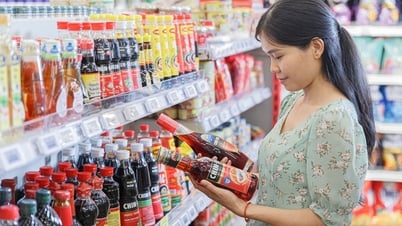






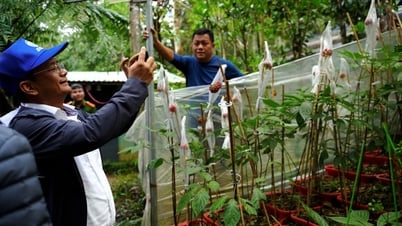

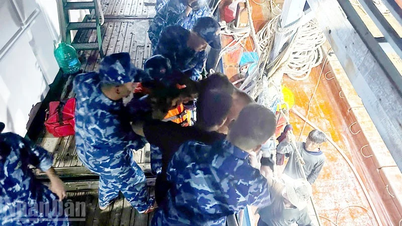


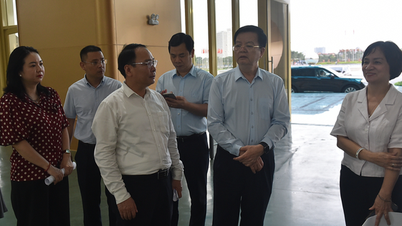


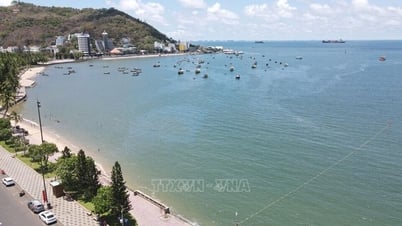






















Comment (0)